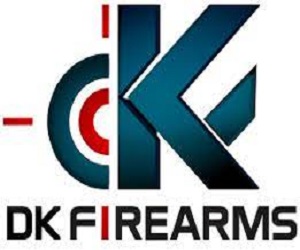I have almost finished painting the room where I'll assemble the RCBS Rock Chucker and use the Lee set of 3 carbine dies for .357.
Other info...
•Tumbled a couple hundred .357 cases and inspected all. Then I measured them. I divided them into 3 groups:
1) all that were within .003 of the recommended trim-to length of 1.280;
2). all that were below that and
3) all above.
•On order are Speer .358 158gr LSWC and LSWC HP's
•For the Ruger SP101.
•Going for a gnat-fart-load for the range and general plinking.
1- For a revolver does it matter so much for case length as long are not over the 1.290 max length?
2- I know for 9mm separating by head stamp could be critical, but does it matter with .357?
3- Should I get the crimp die or just go with the seating die? (I think the answer to this is get the Lee crimp die).
Thank you all in advance.
Other info...
•Tumbled a couple hundred .357 cases and inspected all. Then I measured them. I divided them into 3 groups:
1) all that were within .003 of the recommended trim-to length of 1.280;
2). all that were below that and
3) all above.
•On order are Speer .358 158gr LSWC and LSWC HP's
•For the Ruger SP101.
•Going for a gnat-fart-load for the range and general plinking.
1- For a revolver does it matter so much for case length as long are not over the 1.290 max length?
2- I know for 9mm separating by head stamp could be critical, but does it matter with .357?
3- Should I get the crimp die or just go with the seating die? (I think the answer to this is get the Lee crimp die).
Thank you all in advance.

